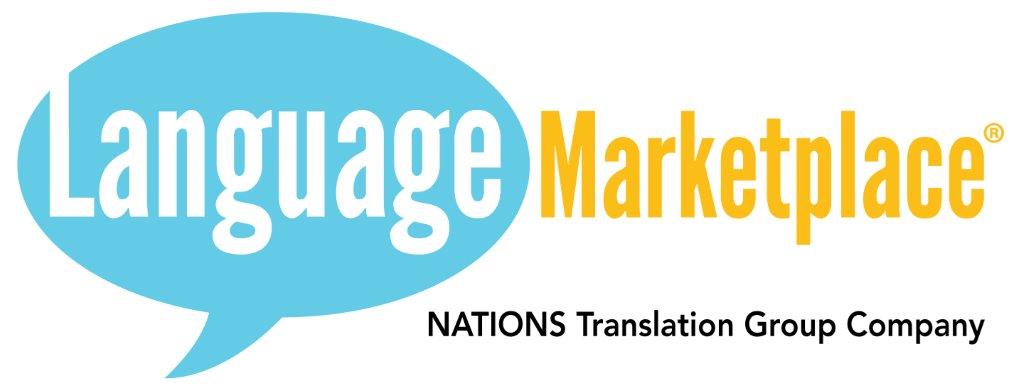Next week we will look at the US market and the best fit for agencies serving the USA -it is slightly different but very similiar!
For now I’ll review the Canadian market.
The Canadian translation industry has a choice of two certifications for processing translation services by a translation service provider (TSP). The first is CGSB131.10 2008, created to give a local perspective on the needs within Canada and harmonize the process requirements to achieve a high level of quality. The basis of this standard was EN15038, which was put forth by The European Committee for Standardization (CEN). In 2015 , EN15038 was replaced by ISO 17100. This change was made after extensive review and revision by the International Standards Organization’s Technical Committee ISO/TC 37 Subcommittee SC 5, of which Canada has representation.
The two process standards contain some key differences that must be closely evaluated in order to determine which best fits your circumstance. Some of these points are described below.
Key Differences
- Translator Qualification
• Revision and Proofreading
• Worldwide Focus
Certification increases customer confidence and gives reassurance that an LSP follows a recognized framework; these highly regulated businesses require the assurance of controls via a recognized management system. Certification against these standards should show the LSP’s capability to provide a quality service through a fully traceable system.
Differences in Translator Qualifications
The ISO 17100 required qualifications for translators are also broadly similar to EN 15038. Specifically, translators should have documented evidence that they can meet at least one of the following criteria:
- a recognized graduate qualification in translation from an institution of higher learning;
- a recognized graduate qualification in any other field from an institution of higher learning plus two years’ full-time professional experience in translating;
- five years’ full-time professional experience in translating;
- a certificate of competence in translation awarded by an appropriate government body.
These criteria are wide ranging and many think are too generic to bring value-added benefits over the pre-existing EN15038. Others think they are too restrictive in practice with customers often requiring translators with a wider range of qualifications or skills, and those specified in the standard may not be of great relevance to many of them, and the requirements may be seen as too restrictive. What is clearly evident is International Standards Organization’s Technical Committee ISO/TC 37, had to balance a wide range of inputs from countries worldwide, with the end result that nobody got what they wanted, but it is hopefully general enough to full most of the requested changes.
The CGSB131.10 was based upon EN 15038 some changes for the Canadian marketplace. In particular to translators Qualifications, it clearly states that translation resources must be university educated in translation or have a professional designation as a certified translator. It does not grant experience alone as a qualifying factor.
Differences in Project Revision and Proofreading
ISO 17100 requires 2 translators (translator and separate reviser). While CGSB131.10 also focuses on translation and Revision/Proofreading, the step can be performed by the same individual translator (which is great for small organizations or individual translators). Companies presently following the CGSB131.10 processing standard, will have to “add” this key process – which is anywhere from 15% to as much as 25% of added project costs depending on the language.
It is important to note –the Auditor, will review the process and also perform random projects checks; for internal translators, the duel translator methodology is easy. For companies using contractors or freelancers –it gets a little more cumbersome – the process that is audited must clearly show the education of both resources, as well as the “Project Path” from translator to revisor/proofreader and back to the agency –traceability and flow is key to passing and maintaining a certificate.
Factors in Choosing a Standard
For Canadian translation companies, if your main focus is within Canada and English – French pair, then CGSB131.10 will give the bigger bang for the buck. With AILIA continuing to push Government organizations to list it on bids, it will hopefully provide one key element to increasing business growth. If your translation company’s focus is on many languages, for a wide range of clients worldwide, ISO 17199 many be a better fit.
A very important point to consider is if you choose to become certified to both standards, all projects will have to meet the highest level of each. One project can’t fall under one standard and another project into the other standard.
Looking at tightening the loopholes in ISO17100 by obtaining a local amendment (i.e. CAN/ISO 17100) to make it strong and Canadian focused is a good idea in the future and may be a great way to define Canadian companies going head-to-head with other ISO 17100 companies around the globe!
Our Canadian Translation industry needs more Differentiators not followers to other jurisdictions. The CGSB131.10 strongly sets Canada apart with its Canadian translator focus.
An important point to remember is that these certifications (either CGSB131.10 or ISO 17100) are process standards only, and deal primarily with the translation process, including pre- and post-translation activities. It does not aspire to define quality or quality metrics. It sets conditions for achieving quality by following the translation process steps in a defined methodology. Attempting to define linguistic metrics as an international standard would be a very tall order, given the number of parties involved and end user requirements.
